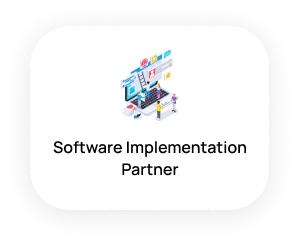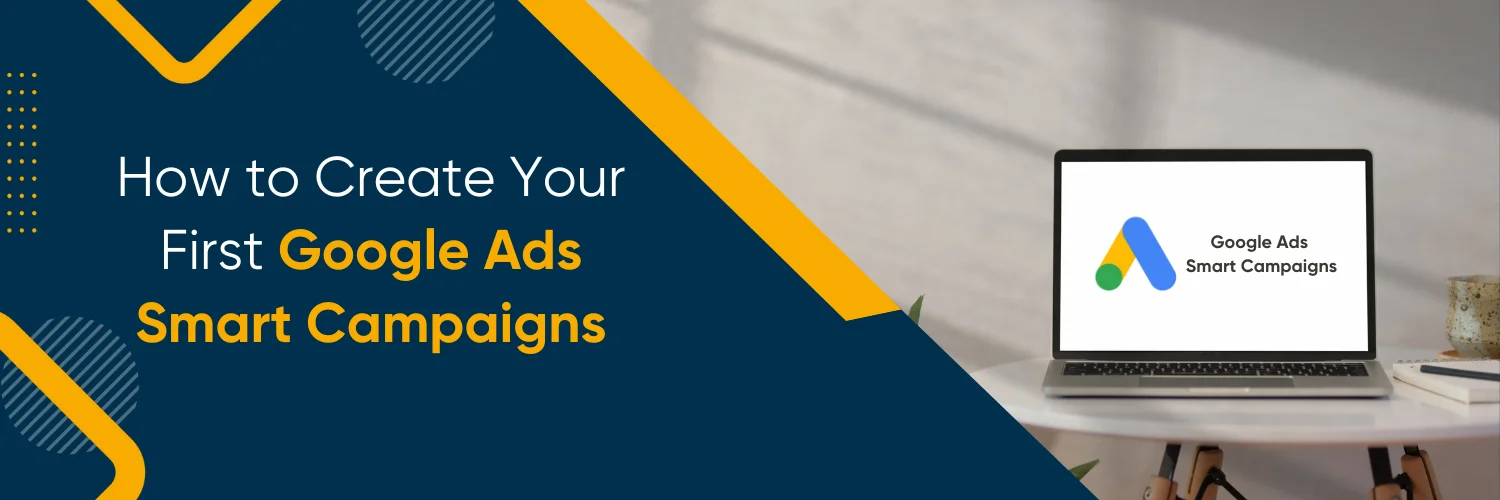Nowadays, having a well-structured digital sales funnel is crucial for business success. It acts as a roadmap, guiding potential customers from their first interaction with your brand to becoming loyal, paying customers. A digital sales funnel not only helps in attracting and engaging prospects but also plays a significant role in converting leads into sales. Are you ready to build a digital sales funnel that transforms your business? Let’s get started.
What is a Digital Sales Funnel?
A digital sales funnel is a step-by-step process that guides potential customers from their first interaction with your brand to becoming paying customers. It’s a strategic framework designed to attract, engage, and convert leads into sales. The funnel metaphor is used because a large number of prospects enter the top, but only a smaller number of people make it to the bottom as paying customers.
Digital Sales Funnel Stages
A typical digital sales funnel consists of several stages:
Awareness: At this stage, potential customers become aware of your brand or product through various marketing channels like social media, blogs, or advertisements.
Interest: Once aware, they show interest by engaging with your content, such as reading blog posts, watching videos, or subscribing to your newsletter.
Consideration: Here, prospects consider your product or service as a potential solution to their needs. They might compare it with competitors and seek more information.
Intent: Prospects demonstrate intent to purchase by taking actions like adding products to their cart or signing up for a free trial.
Evaluation: At this stage, they evaluate your offering in detail, possibly reaching out for more information, reading reviews, or requesting a demo.
Purchase: Finally, the prospect makes the decision to purchase your product or service, becoming a customer.
Post-Purchase: After the sale, it’s crucial to continue engaging with customers to ensure satisfaction, encourage repeat purchases, and turn them into brand advocates.
4 Stages of a Digital Sales Funnel with the AIDA Model
The AIDA model is a well-known marketing method that helps improve your sales funnel results. It’s essential for anyone running an online business.
Awareness
The first stage is awareness. You need to market your business and services to let people know you exist and offer top-notch products. This includes keyword research and competitive analysis to understand what your potential customers need and want. There are various ways to create awareness:
- Identify Where Your Customers Are: Understand where your prospective customers hang out online.
- Marketing Techniques: Use appropriate marketing strategies to help potential customers notice your business.
- Channels and Tools: Explore different marketing channels and tools to spread the word.
Interest
Once people know about your business, you need to generate interest. Create high-quality content that highlights the benefits of your products or services. Here’s how to build interest:
- Quality Content: Focus on creating engaging and informative content.
- SEO: Optimize your content for search engines to attract more visitors.
- Paid Marketing Campaigns: Use social media marketing and pay-per-click campaigns to drive traffic to your site.
Desire
After sparking interest, you need to create a desire for your products. Build strong relationships with potential customers and offer something that entices them. Here’s how to cultivate desire:
- Capture Contact Details: Get contact information from interested prospects.
- Understand Customer Needs: Learn more about your customers to better meet their needs.
- Appreciation: Show your appreciation for their interest and provide valuable content in return.
- Rewards: Consider rewarding potential customers to keep them engaged.
Action
The final stage is action. This is where prospects make a purchase or take a specific action. Ensure you nurture them through the funnel to reach this stage. Here’s how to drive action:
- Develop Relationships: Only send emails when you’re ready to offer valuable information.
- Patience: Be patient, as building to the action stage takes time.
- Effective Strategy: Have the right products and strategies to convert interest into sales.
How Do I Create a Digital Sales Funnel?
Creating a digital sales funnel involves several key steps:
- Identify Your Target Audience: Understand who your ideal customers are, their pain points, and what motivates them to buy.
- Attract Traffic: Use various marketing strategies to drive traffic to your website or landing pages. This can include SEO, content marketing, social media marketing, and paid advertising.
- Create Engaging Content: Develop valuable content that addresses your audience’s needs and interests at each stage of the funnel. This can include blog posts, videos, eBooks, and webinars.
- Capture Leads: Use lead magnets like free downloads, trials, or exclusive content to capture contact information from your visitors. Implement forms and calls-to-action (CTAs) on your website to facilitate this.
- Nurture Leads: Use email marketing and retargeting ads to nurture leads, providing them with relevant information and offers to move them further down the funnel.
- Convert Leads: Optimize your landing pages, sales pages, and checkout process to ensure a smooth and persuasive conversion experience.
- Analyze and Optimize: Continuously monitor your funnel’s performance using analytics tools. Identify drop-off points and areas for improvement to optimize your funnel for better results.
Sales Funnel vs Marketing Funnel
A sales funnel and a marketing funnel are two distinct concepts in the customer journey, although they are often interrelated. The marketing funnel focuses on attracting and engaging potential customers at the top of the funnel through awareness and interest stages. It involves strategies like content marketing, SEO, social media marketing, and advertising to build interest and drive leads. On the other hand, the sales funnel takes over where the marketing funnel leaves off, guiding prospects through consideration and decision stages to make a purchase. It involves direct interactions with potential customers, such as sales calls, product demonstrations, and personalized follow-ups, with the ultimate goal of converting leads into customers.
Sales Pipeline vs Sales Funnel
A sales pipeline and a sales funnel, while similar, have distinct differences in how they visualize and manage the sales process. A sales pipeline represents the stages of the sales process from a seller’s perspective, tracking the progress of individual leads through various stages like prospecting, qualifying, negotiating, and closing. It provides a linear view of where each lead is in the sales journey. In contrast, a sales funnel visualizes the buyer’s journey from awareness to purchase, illustrating the gradual reduction in the number of prospects at each stage. The funnel shape highlights the conversion rates at each stage, helping identify where prospects drop off and where improvements can be made.
What is a Sales Funnel Manager?
A Sales Funnel Manager is a professional responsible for overseeing and optimizing the entire sales funnel process. This role involves analyzing each stage of the funnel to ensure potential customers are effectively moving from awareness to decision-making. The manager uses various tools and strategies to monitor funnel performance, identify bottlenecks, and implement improvements to enhance conversion rates. They work closely with both marketing and sales teams to align strategies and ensure a seamless customer journey. By continuously optimizing the sales funnel, a Sales Funnel Manager aims to maximize revenue and drive business growth.
How Sales Funnel Management Can Help?
Effective sales funnel management can significantly enhance a company’s sales performance by ensuring a smooth and efficient customer journey. By closely monitoring each stage of the funnel, businesses can identify and address any issues that cause potential customers to drop off. This proactive approach helps in maintaining a steady flow of leads and improving conversion rates. Additionally, sales funnel management provides valuable insights into customer behavior and preferences, allowing for more personalized and targeted marketing and sales efforts. Ultimately, it leads to higher customer satisfaction, increased sales, and sustainable business growth.
Deliver the Right Message at the Right Stage
Delivering the right message at the right stage of the sales funnel is crucial for nurturing leads and driving conversions. At the awareness stage, the focus should be on informative and engaging content that educates prospects about your brand and offerings. As they move to the interest stage, more detailed information highlighting the benefits and features of your products should be provided. During the consideration stage, personalized messages, such as case studies and testimonials, can help build trust and demonstrate value. Finally, at the decision stage, clear calls to action and limited-time offers can prompt immediate purchases. By tailoring messages to each stage, businesses can effectively guide prospects through the funnel and improve conversion rates.
Partner with Ubique Digital Solutions
Now you know how to build your sales funnel, you can start your digital journey now. But with the complexity of this topic, not all starters can easily create the best strategy for their digital sales funnel. So, we are here, the Ubique Digital Solutions to do all the work for you. UDS is a digital marketing agency that delivers results and helps you do the work, hassle-free and highly effective. Contact us now.

















